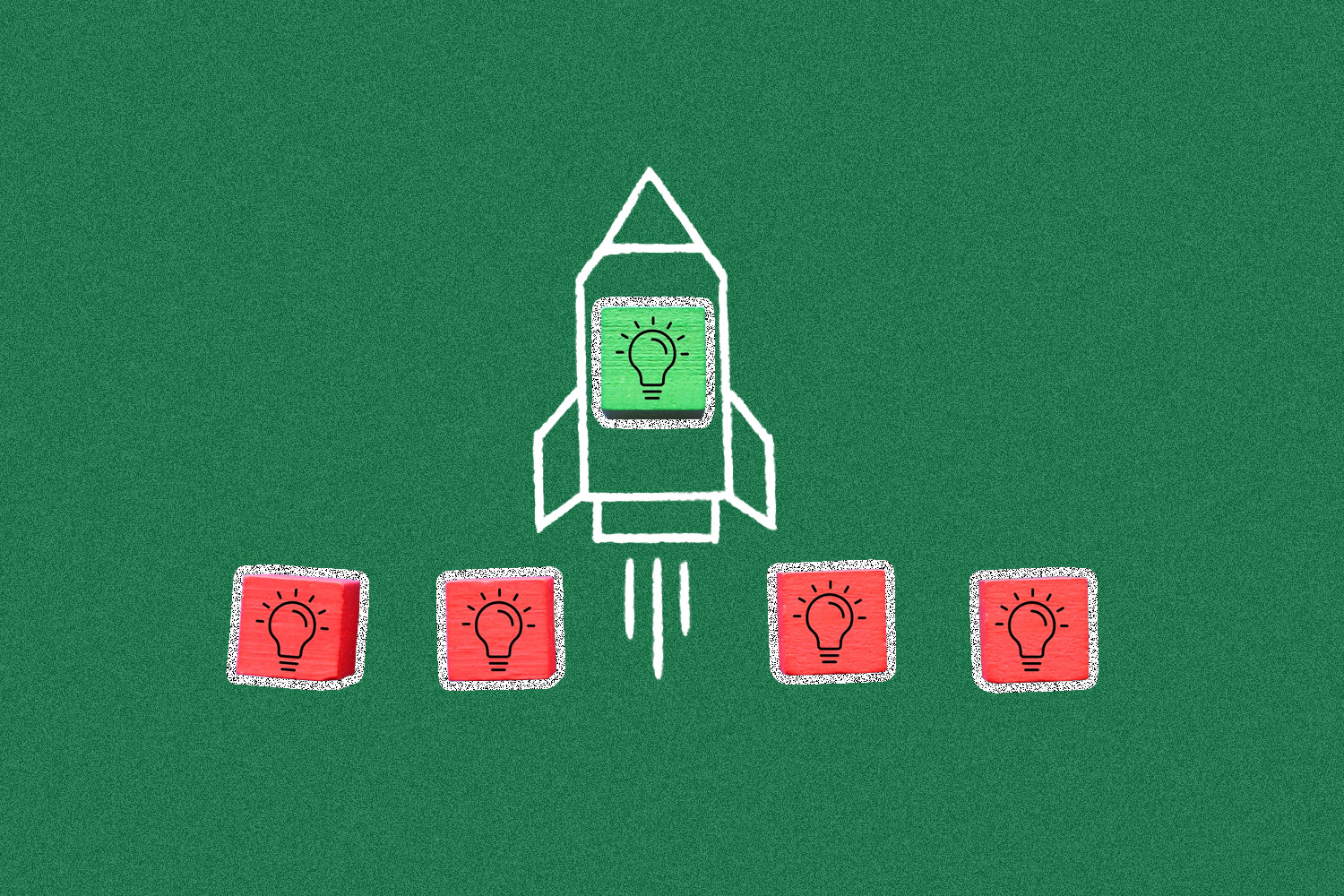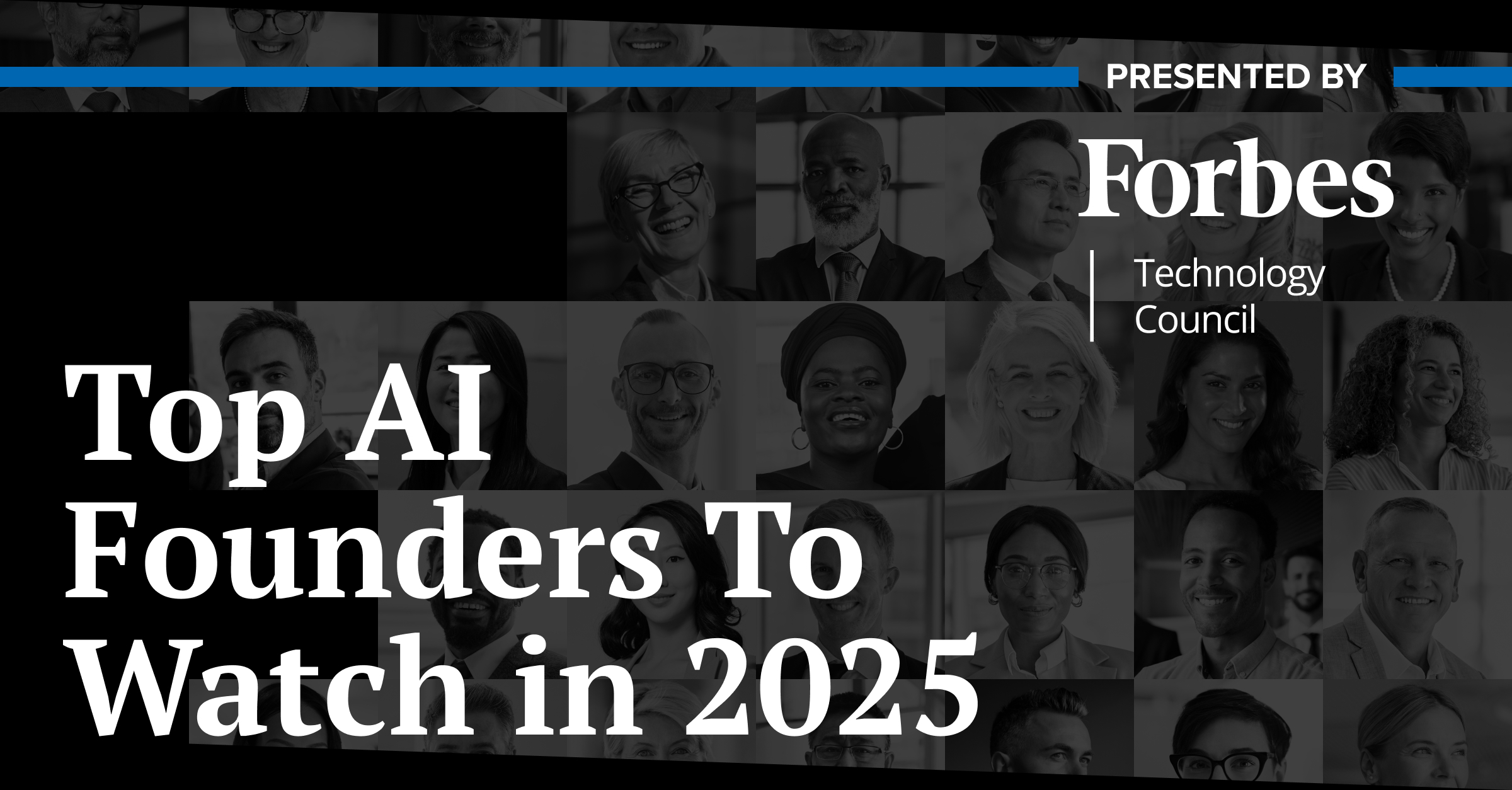You know your company needs a better benefits package to retain and attract top talent.
“It’s not always medical, dental and vision,” affirms Jeff Faber, chief strategy officer for global insurance brokerage HUB International’s employee benefits practice. “In fact, it’s very rarely medical, dental and vision that differentiate an offer from one employer to another.”
And, sure, you know you have lots of fresh and valuable options to choose from to expand your benefits — unlimited vacation, flexible schedules, pet insurance, child and elder care, fertility and adoption support, transgender health benefits, sabbaticals and more. You might even be considering cool perks that support remote workers.
But which benefits to add? Building a great benefits menu requires an understanding of all populations of your workforce, taking a critical look at where you can ease the stressors or distractions in employees’ day-to-day lives.
Popularly referred to as “personalizing benefits,” we think it’s more accurately thought of as diversifying your benefits package. Yes, this is a DEI story, too: Even as more companies lean into DEI, “benefits tends to fall behind and is not aligned with the rest of the organization’s DEI initiatives,” explains Michael Garrett, who focuses on DEI as a principal in Mercer’s health and benefits business, where he helps to design clients’ benefits to be BIPOC-inclusive, disability-inclusive and LGBTQ-inclusive.
What Does It Mean to Personalize Employee Benefits?
At its core, personalizing benefits means reflecting on the needs of your employees as individuals rather than a single group. According to Faber, this can be achieved by “leveraging data in such a way that you can understand the impacted parts of the population and make sure the benefits and your portfolio’s offering paints to all corners of that population.”
Those corners may include:
- recent college graduates who have just entered the workforce and are looking for social opportunities
- parents or those who run single-income households and need child-care support
- members of the LGBTQ community, who may seek fertility or transgender support
- pet owners, for whom bereavement leave might be an especially meaningful benefit
Garrett rattles off all the lenses through which a company should look at its benefits — racial, gender, gender identity, sexual orientation, veteran status, disability. “Where are the [benefits] gaps?” he asks. “Where can you make improvements?”
He refers to an organization’s diversity subgroups as “focused or prioritized populations… Generic doesn’t get at their needs, right?”
Even the “forgotten middle,” as Faber refers to employees who are no longer considered new graduates but nowhere near retirement, need special benefits. These mid-career professionals may be both caring for children and caring for an aging parent.
“If you can move the forgotten middle, if you can recognize the forgotten middle, that recognition goes a long way, and you get increased productivity, increased retention, a lot of great benefits,” says Faber. Identifying benefits to help fill the gaps in the lives of the forgotten middle — adult caregiver support or retirement-planning services, for example — can position these employees as stewards for a positive corporate culture.
Determining the Benefits That Your Employees Want and Need
At Care.com, a platform for finding and managing family care that employs more than 900 people in the U.S. and Germany, senior VP of people operations John Adcock says that his team approaches personalized benefits in two ways: flexibility and choice. “It is our mission to deliver benefits that allow our employees to find and pay for the type of care that allows them to show up at work each day as their most productive self,” Adcock says.
“The COVID-19 crisis has indefinitely changed the way people work and permanently blurred the lines between work and home,” he adds. “As a result, we have seen astronomical demand for remote working support and mental health services.”
Among other enhancements to its benefits package, Care.com has added paid holidays that align with school holidays and offers access to mental-health app Headspace.
When identifying what your employees will find valuable in a benefits program, Faber says, “It’s really about walking a mile in everybody’s shoes and understanding how those benefits look.” He finds that when a company’s leaders approach benefits conversations through a personalized lens, decisions are made easier and everyone is able to envision the impact the chosen benefits can have.
At Mercer, Garrett says his clients often conduct listening sessions to gain a better understanding of the types of benefits that would be most meaningful to employees. Among client discoveries:
- Employees value seeing the demographics (such as race, gender and ethnicity) of healthcare providers within provider directories
- Health plans often require a diagnosis of infertility before covering infertility treatments, thereby denying coverage to single women and same-sex couples
“The reality is,” Care.com’s Adcock says, “if one person in your organization is experiencing this challenge, it is likely there are many others that could benefit from a similar solution.”
Rolling Out Your Expanded, Diversified Employee Benefits Package
There are multiple reasons not to expand your benefits package too much too soon:
- Employee benefits – especially fertility and adoption benefits – can be expensive. Your organization will need to determine what it’s financially comfortable with. Garrett urges clients to start gradually, first with fertility support, then later offering adoption and surrogacy benefits, if feasible.
- Employee benefits don’t always work out. Trying new ideas — on a small scale at first — will allow you to identify the most meaningful ways to add value to your employees’ lives. Besides, your employees’ needs will change over time; you should remain open to adding or removing benefits.
- Employees may be overwhelmed by too many new benefits. Add 40 benefits all at once, Faber notes, and “you get whiplash.”
Redeveloping your benefits program isn’t only about the benefits your company chooses to offer. “It’s not just benefits; it’s the whole experience of benefits,” Garrett explains. “How are we helping to orient people to their benefits that meet their needs?”
This orientation requires developing your communications strategy with your workforce’s different populations in mind. Faber refers to this as “micro-targeting on an employee benefits level.”
Catering your communications to different workforce populations can be as simple as reordering the pages of your benefits guide. Your recent college graduates, for instance, should see the social activities first. And since they might still be covered by their parents’ healthcare plan, your company’s healthcare benefits can appear later in the book. Many benefits apps, with a little bit of input by your HR team, can reorder and prioritize messaging for various groups.






